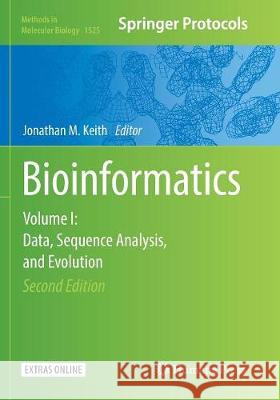Bioinformatics: Volume I: Data, Sequence Analysis, and Evolution » książka
topmenu
Bioinformatics: Volume I: Data, Sequence Analysis, and Evolution
ISBN-13: 9781493982523 / Angielski / Miękka / 2018 / 491 str.
Kategorie:
Kategorie BISAC:
Wydawca:
Humana Press
Seria wydawnicza:
Język:
Angielski
ISBN-13:
9781493982523
Rok wydania:
2018
Wydanie:
Softcover Repri
Ilość stron:
491
Waga:
0.86 kg
Wymiary:
25.4 x 17.78 x 2.57
Oprawa:
Miękka
Wolumenów:
01
Dodatkowe informacje:
Wydanie ilustrowane











